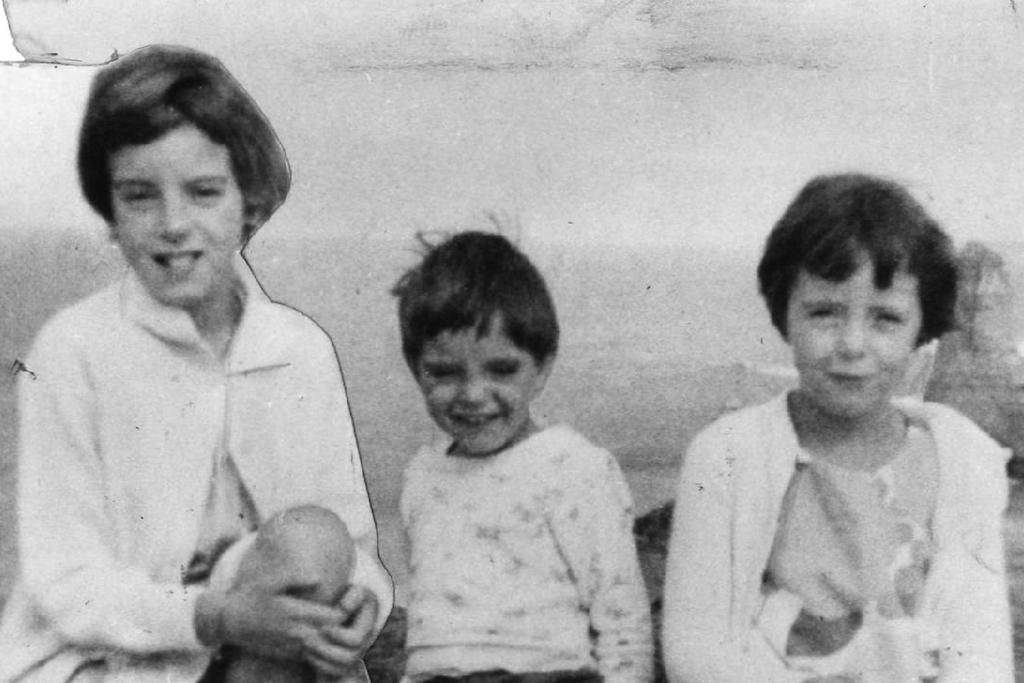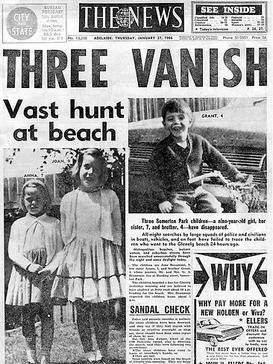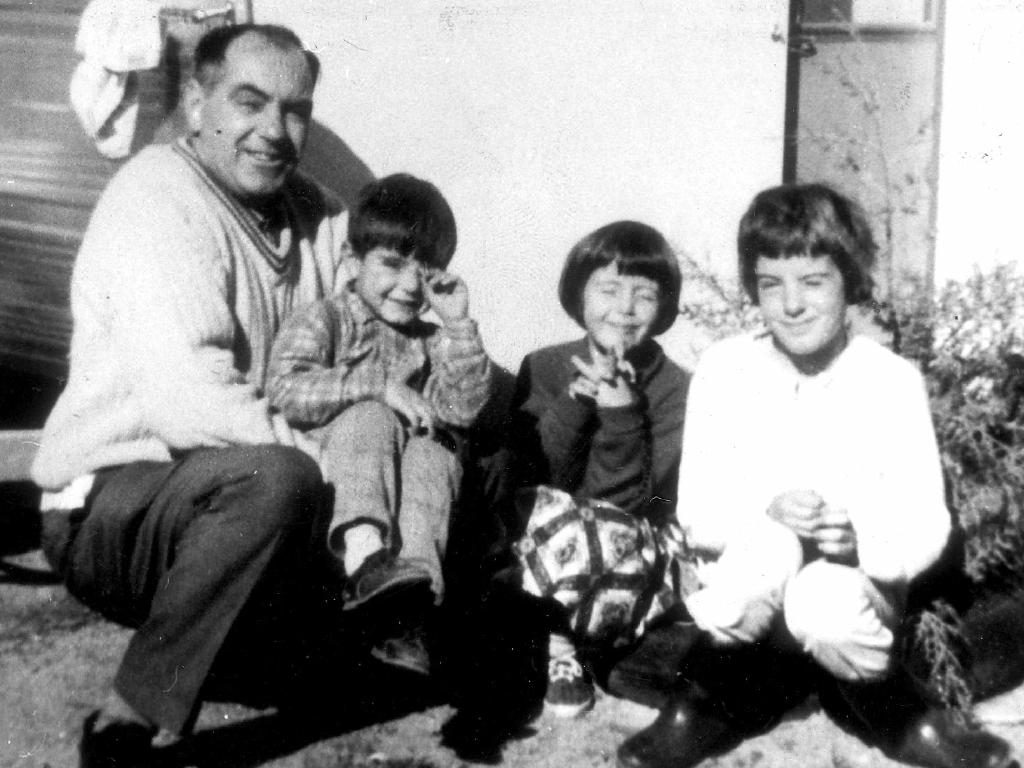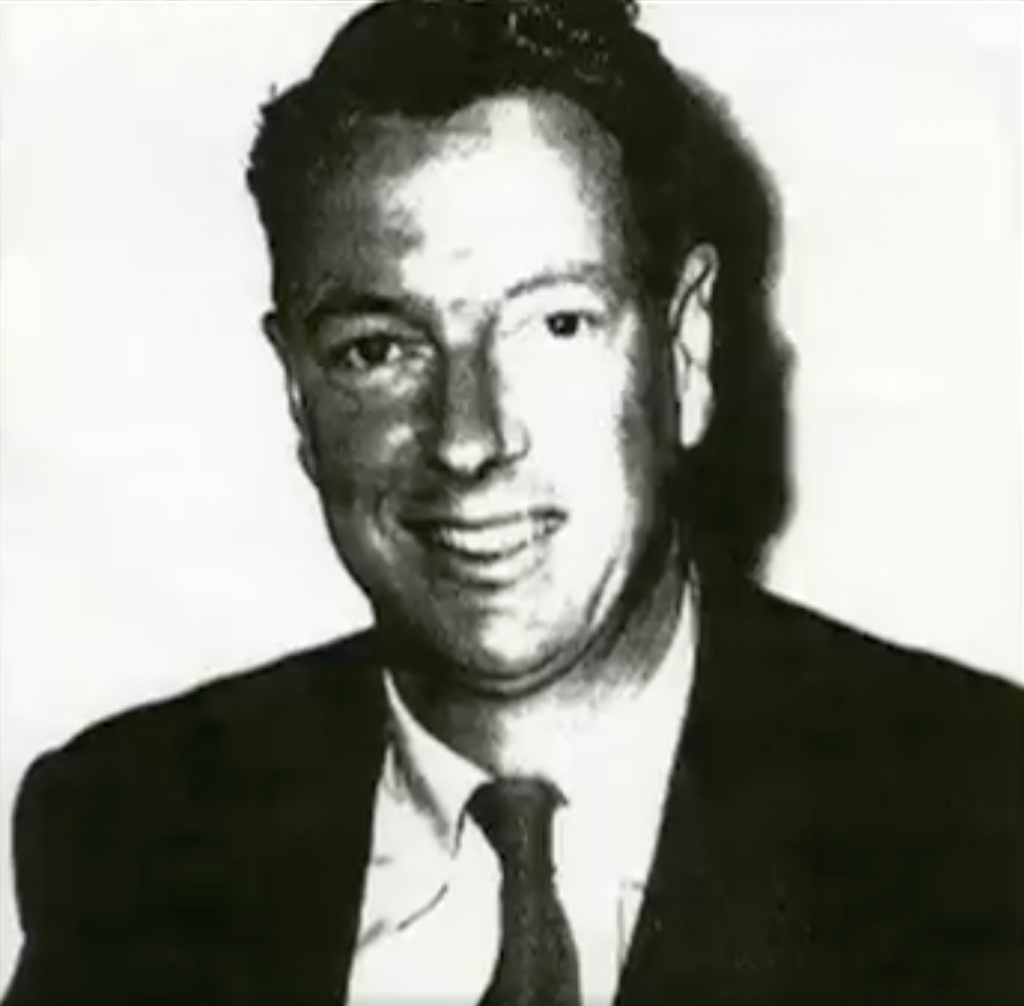Junk Explained: Who Are The Beaumont Children And Are We About To Solve Their Disappearance?
We might be about to get answers in Australia's most famous cold case.

Right now, at a factory site in Adelaide, police are excavating ground looking for the remains of three children who went missing more than 50 years ago. If their search is successful, it will bring to a close Australia’s most famous cold case: the disappearance of the Beaumont Children.
On Australia Day in 1966, siblings Jane Beaumont (aged 9), Arnna Beaumont (aged 7) and Grant Beaumont (aged 4) went missing from Adelaide’s Glenelg Beach. Despite the disappearance sparking one of the biggest police investigations in Australian history, their bodies were never found. Their parents, now aged in their 90s, still don’t know what happened to their children. And more than half a century later, the effects of the case on the Australian psyche are still being felt.
If police have found the resting place of the Beaumont children, it will mean we almost certainly know who is responsible for their death. But there’s a lot to get through before that — so let’s backtrack a bit.
The Disappearance
In the morning of January 26, 1966, Jane, Arnna and Grant Beaumont took a short bus trip from their home in the Adelaide suburb of Somerton Park to Glenelg Beach. It was a trip they’d made before, and 9-year-old Jane was considered old enough to supervise her younger siblings. When they hadn’t returned home by 7.30pm, their parents contacted police.
Various sightings of the children on January 26 were reported soon after. Several witnesses described seeing the children play with a tall, thin, blonde man believed to be in his mid-30s. Some saw the children walk away from the beach with the man at around 12.15pm. A shopkeeper reported that Jane Beaumont bought food from him that morning with a A£1 note, an amount of money the children hadn’t left home with. Police believe they had been given the money by someone else.
Police released this sketch of the man seen with the children before their their disappearance:

Uncanny Valley much?
The case is often cited as marking an ‘end of innocence’ for Australia. Prior to 1966, children were routinely left unsupervised, something that changed after the disappearance of the Beaumonts.
As of 2016 — which marked the 50th anniversary of the disappearance — South Australian police reported that they still receive a call every four days about the case. Several books have been written about the disappearance, it’s been the subject of decades’ worth of media reports, and still reigns as Australia’s most high profile missing persons case.
1966 To Now
Over the past four decades, there’s been several false leads in the case.
In 1966, a psychic claimed that the children’s bodies were buried under a warehouse in Adelaide, with the subsequent public pressure forcing owners to raise $40,000 to have the building demolished and searched for remains. Nothing was found.
Two years after the disappearance, the children’s parents — Nancy and Jim Beaumont — received letters purporting to be from a man who was “keeping” the children; fingerprint technology later revealed the letters to be a hoax.

In 1997, a detective came forward to say he had found a Canberra woman who “admitted” to being Jane Beaumont, but her claims were later found to be false. In 2004, a New Zealand man told police he believed he’d lived next door to the children in Dunedin (he didn’t). In 2005, documentary makers claimed convicted pedophile James Ryan O’Neill had confessed to the killing, but police interviewed and discounted him as a suspect.
Convicted killers like Bevan Spencer von Einem (of the Family Murders), Arthur Stanley Brown, Derek Ernest Percy and Allan Anthony Munro have all been investigated in relation to the disappearance, but no one has ever been charged with the murders.
All the while, Nancy and Jim Beaumont have endured false lead after false lead, remaining at their Somerton Park home for many years after the disappearance in the hope their children might return. Nancy and Jim are now aged 90 and 92 respectively, divorced and living separately. A police officer is waiting with Jim Beaumont today to deliver him any news from the digging site first.
It goes without saying that this might be the last chance to give the Beaumont parents closure.

Jim Beaumont with Jane, Arnna and Grant.
So What’s Happening Today?
There’s a few reasons police are digging the factory site in Adelaide today, and they all come back to a man called Harry Phipps.
In 2013, a book called The Satin Man alleged Phipps was the man responsible for the disappearance of the Beaumont children. Phipps was known to have a sexual interest in children, and his son Haydn Phipps alleged that he saw the Beaumont children in the backyard of his home the day they disappeared. Haydn Phipps has also accused his father of sexual abuse.

Harry Phipps.
Phipps also bears a resemblance to the police sketch of the man seen with the Beaumont children on the day of their disappearance, and lived within walking distance of Glenelg Beach. He died in 2004 and police first began investigating him as a person of interest three years later in 2007.
Phipps was an affluent businessman and the owner of the factory site where police are today. In 2013, after the release of The Satin Man, two men came forward to say that Harry Phipps had paid them to dig a hole at the factory around the time the children disappeared. Police excavated an area at the factory that year but found nothing.
News broke last week that police planned to dig again at the Adelaide factory, this time in a spot 50 metres away from the previous dig site. Geophysical technology at today’s dig site revealed a six metre square “underground anomaly” — meaning dirt there had been disturbed, as would happen when digging a hole.
Police had actually started a “discrete investigation” into the factory site last year, but kept their work out of the media to minimise distress caused to the Beaumont parents.
Is This It?
Police seem certain that a hole was dug at the site they’re investigating today, but we don’t know yet whether it was the final resting place of the Beaumont children. They have stated that digging is expected to continue for several hours, and possibly into tomorrow. At time of publishing, they have identified only animal remains — which could account for the “anomaly”.
“Everybody’s hopeful. Everybody’s got their fingers crossed, for the sake of the family,” DCI Greg Hutchins said at a press conference at the site this afternoon. “But we have to temper expectations as well … over the years there’s been many persons of interest. It’s our responsibility to follow through with each and every one.”
DCI Greg Hutchins speaking outside the Beaumont dig in North Plympton. https://t.co/CxOfYw6HA5
— Mitch Mott (@MitchMottTiser) February 2, 2018
There’ve been so many false starts in the Beaumont case that police have been careful not to get the public’s hopes up — but the fact that they’ve spent ten years investigating Harry Phipps suggests they think he’s a strong suspect in the case.
And while the Beaumont Children’s disappearance is one of the longest-running cold cases in Australia, it wouldn’t be the first missing persons case to be solved decades after the initial disappearance. Just this week Francis Wark was handed a life sentence for the murder of teenager Hayley Dodd, who went missing in WA’s Wheatbelt in 1999. He’d been investigated by police after her disappearance, but it was another 16 years before police had the evidence to arrest him in 2015.
Hopefully, by the end of this weekend we’ll be one step closer to solving one of Australia’s worst crimes. Stay tuned.
—
Katie Cunningham is the Features Editor at Junkee. She is on Twitter.